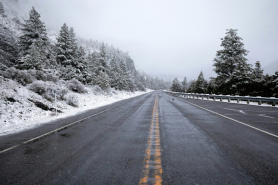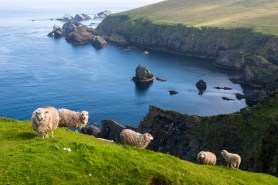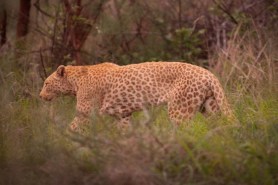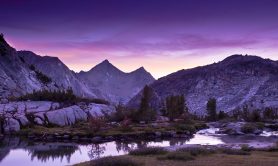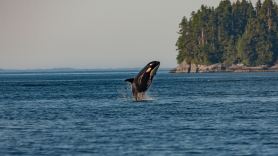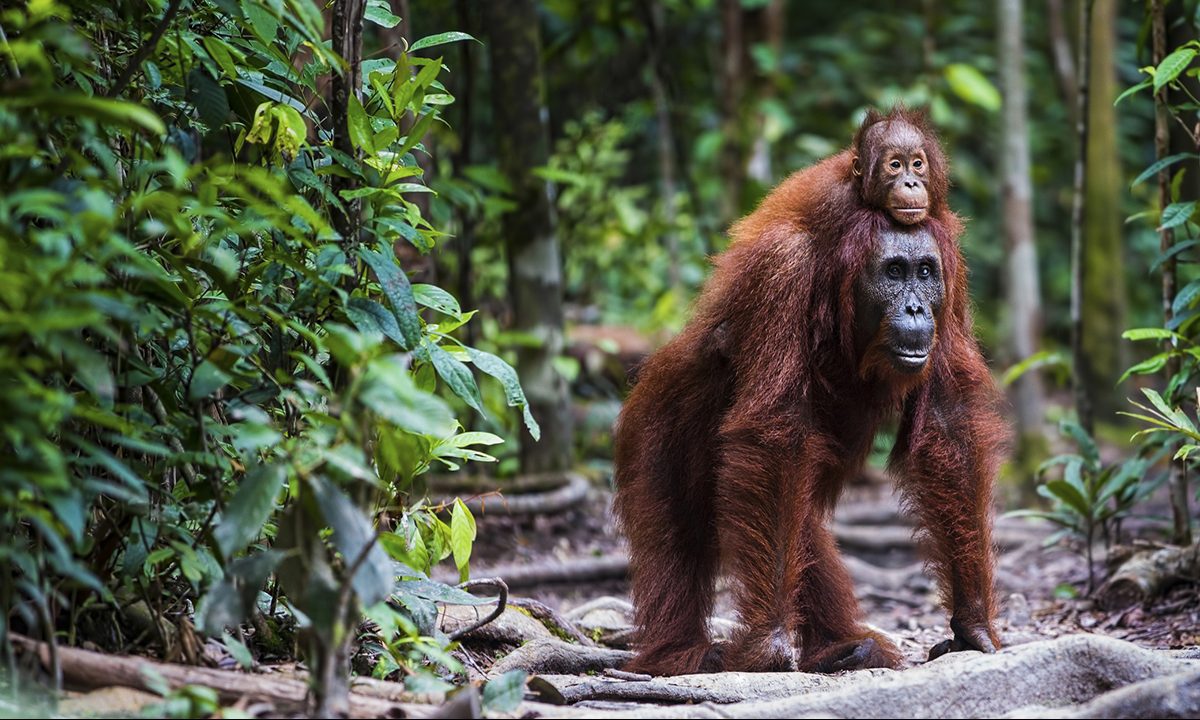

Planet Earth is separated into several biomes—large, naturally occurring communities of plants and animals adapted to a specific climate. Scientists can’t agree how many biomes Earth has, but many say there are seven major biomes: aquatic, desert, grassland, rainforest, taiga, temperate forest, and tundra.
Videos by Outdoors with Bear Grylls
If you’re looking to check all major biomes off your travel bucket list or you’re just interested in how Planet Earth works, here are the key facts about each biome—and yes, you can travel to them all.
Aquatic
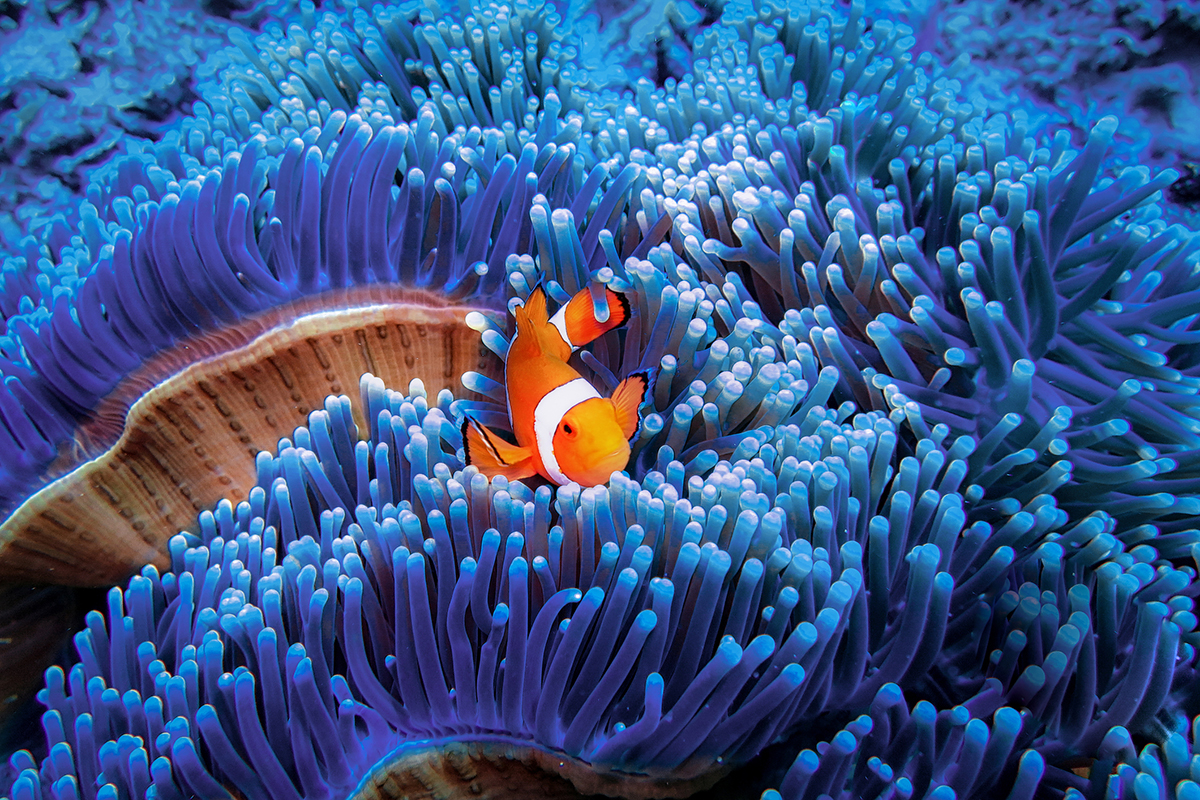
Fancy a cruise, anyone? Or a paddle on a lake? The aquatic biome encompasses both marine (oceans and seas) and freshwater environments (rivers and lakes), as well as the wetlands that act as a buffer between the water and the land. If you don’t like boats, you can still visit the aquatic biome by visiting a wetland ecosystem and, say, kayaking through a mangrove forest.
Desert
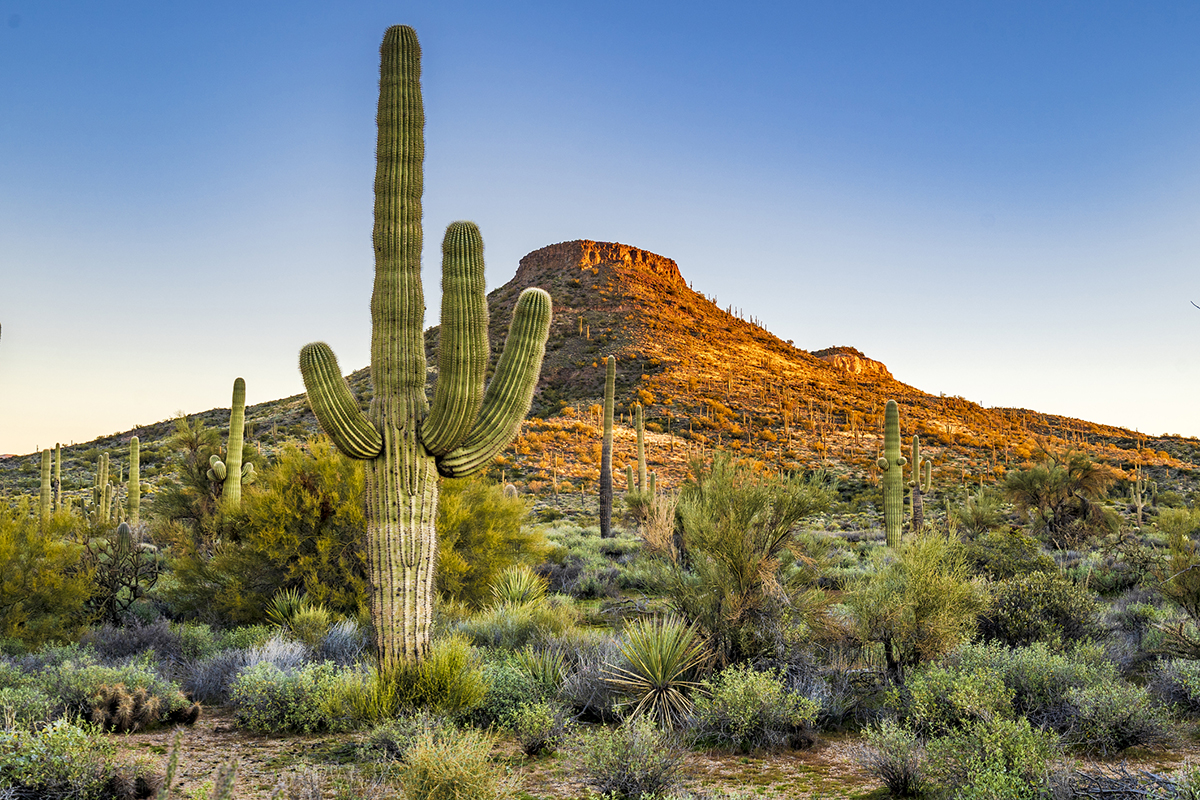
Believe it or not, parts of Antarctica qualify as a desert, just like the Sonoran Desert in North America or the Sahara in Africa. The desert biome—whether hot or cold—gets very little precipitation, and plant and animal life in this biome are specifically adapted to arid conditions. To visit, you could take a trip to Antarctica, or you could take a trip to one of the many U.S. National Parks within the desert biome, like Joshua Tree or Zion.
Grassland
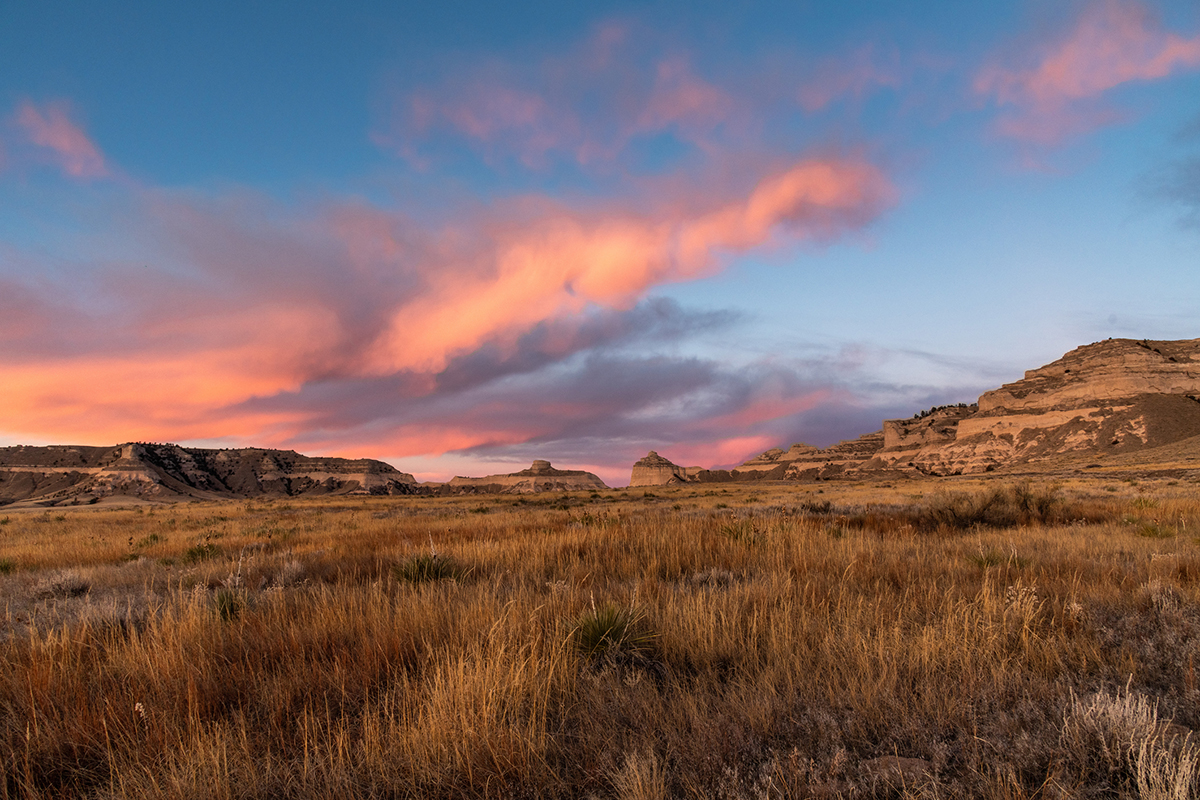
Call it grassland, prairie, or steppe, this biome has few trees, but there’s grass as far as the eye can see. The grassland biome can range in temperature from tropical climates—like what you get in the African savanna—to temperate climates, like what you get in North American prairies. To check a grassland off your travel bucket list, you can visit parts of the Australian Outback or take a safari in the Serengeti Plains.
Rainforest
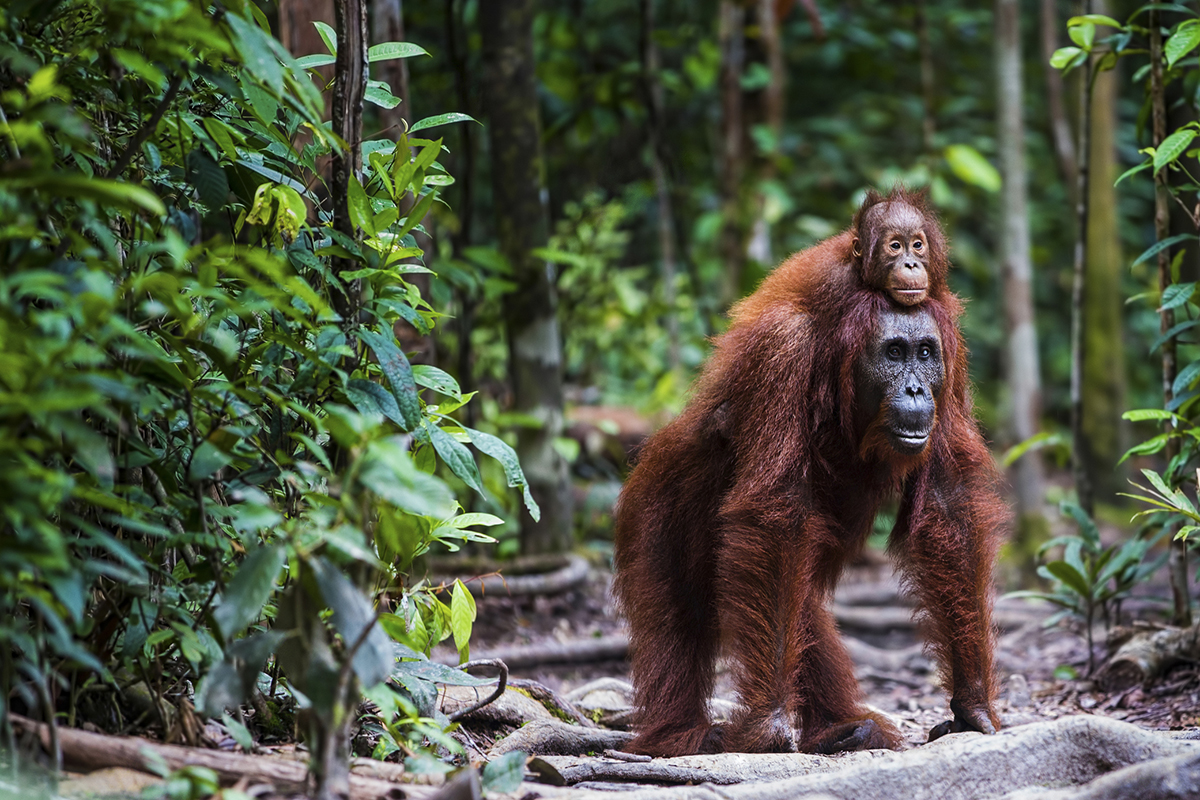
This tropical biome is concentrated around the equator and characterized by a lot of rain, trees and other lush vegetation, and incredible biodiversity. Tropical rainforests include places like the Amazon and the Congo. (Jungle cruise? Yes, please.) Other options for tropical rainforest travel include parts of Indonesia and Costa Rica.
Taiga
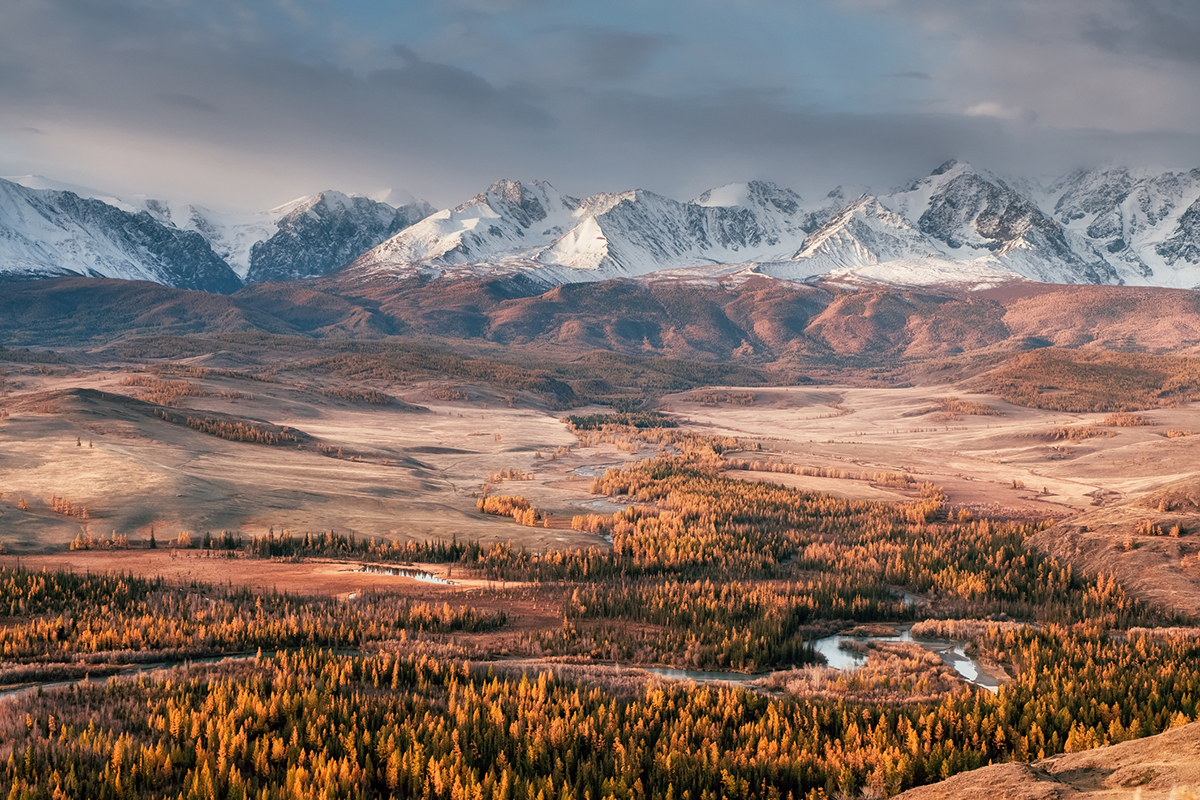
Earth’s largest land biome is taiga, also known as boreal forests or snow forests. This biome has a cold climate and often features large, coniferous trees—trees like pine, spruce, and fir that keep their leaves year-round. On the forest floor, you’ll find things like mosses and mushrooms. Winters are rough in this biome, but there are plenty of opportunities to visit during other times of the year. Options include parts of Alaska, Canada, Russia, and Scandinavia.
Temperate Forest

Temperate forests have abundant rainfall and lush vegetation but lack the warm equatorial temperatures of a tropical rainforest. The temperate-forest biome typically has four distinct seasons and includes deciduous trees like oak, maple, and beech, which drop their leaves in the winter. You can visit this biome by traveling to the Pacific Northwest in the U.S., including parts of Alaska, as well as parts of British Columbia in Canada.
Tundra
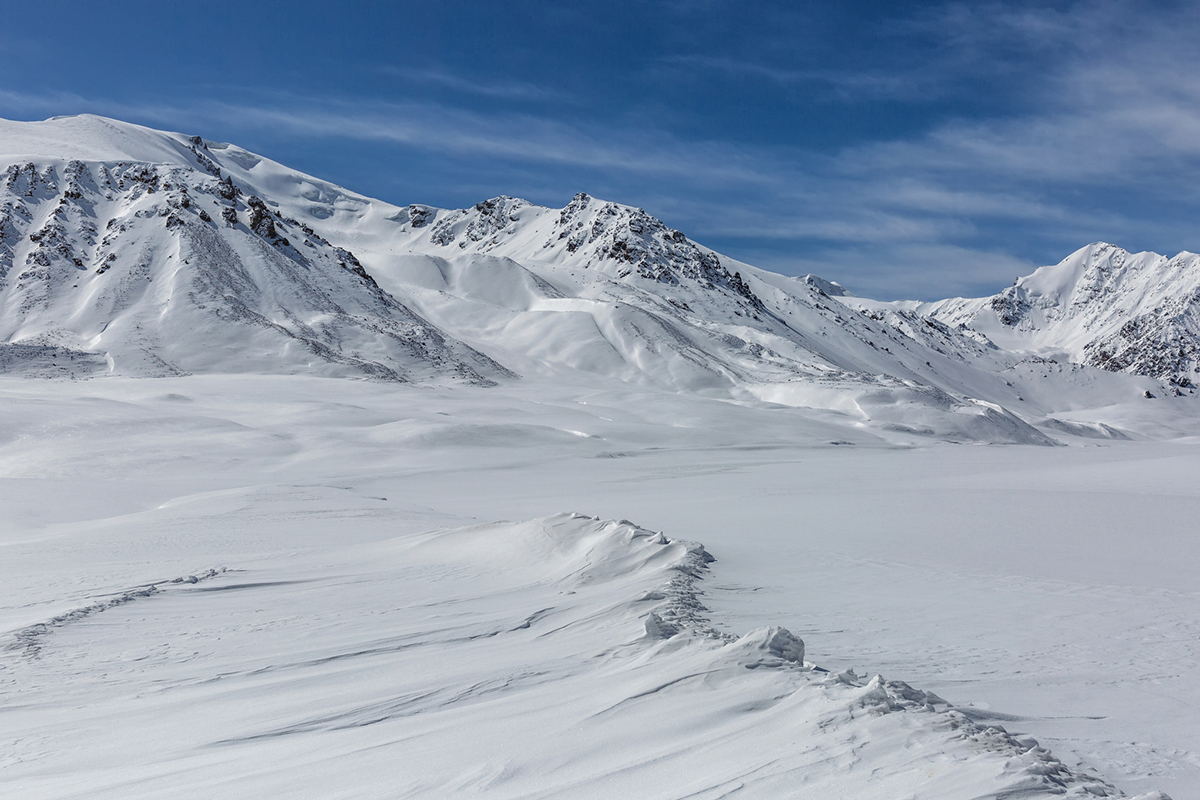
The tundra biome isn’t home to much, thanks to the extremely cold temperatures and relative lack of vegetation. Tundra is characterized by permafrost, a frozen layer beneath the soil’s surface, which limits what can grow there—which, in turn, limits what can live there. To visit the tundra, you must head north to the Arctic and sub-Arctic regions of Alaska and Canada in North America, the northernmost parts of Europe, or Siberia in Asia.
Have a question you’d like Outdoors.com to answer? Send us a note at hello@outdoors.com.



